Tutti fucking fruiti and a wrong turn in Valkenvania: Aykroyd and Zombie create houses of horror in “Nothing But Trouble” and “House of 1000 Corpses”.
Haunted house movies have been around since the beginning of film itself, with the first known example being an 1897 french short called “The Haunted Castle” from director Georges Melies. Haunted houses rely on atmosphere and unpredictability, and both 1991’s Nothing But Trouble from writer/director Dan Aykroyd and 2003’s House of 1000 Corpses from writer/director Rob Zombie excel in their unforgettable presentations.
Both films are disturbing in either gritty style or grotesque weirdness. Both feature dark humor in terrifying situations. Both feature victims that can’t escape the houses of horror they accidentally found themselves in. And both feature houses haunted by the living, not ghosts.
Zombie’s Firefly household and Aykroyd’s Valkenheiser mansion look like they could be neighbors in the same murderous, backwoods cul de sac. And it wouldn’t be surprising to see the Sawyer family show up for Friends-giving at either house as The Texas Chainsaw Massacre has a clear influence on the 2 directors and their films. Much like the 1974 horror classic, Nothing But Trouble revels in its strangeness, and House of 1000 Corpses revels in its violence.
Between Dan Aykroyd’s Judge Valkenheiser and Bill Moseley’s Otis, the madmen are about to cut loose.
House of 1000 Corpses (2003)
‘American Nightmare’ was launched during the Halloween season of 2001 at Universal Studios, Hollywood. Rob Zombie designed the haunted house for the park’s annual ‘Halloween Horror Nights’ attraction. The customers standing in line for the ‘American Nightmare’ haunted house witnessed a bizarre movie trailer playing for a seemingly fictitious film about a twisted family who terrorized a young group of tourists in gruesome ways.
Probably forgotten the moment the customers entered the haunted house, the movie trailer was for a real, completed film shelved by Universal that shared the original name of the attraction they were walking into before it was changed to ‘American Nightmare’: House of 1000 Corpses.
In his directorial debut, Rob Zombie turns the house of horrors up to 11 and soaks it in dread inducing neon.
Taking place on October 30, 1977, House of 1000 Corpses is a creepy, ultra-violent valentine to the gritty, dirty, punch-you-in-the-gut style of 1970’s horror classics like The Texas Chainsaw Massacre and The Hills Have Eyes.
A group of young people on a road trip get flagged down by a sexy, but very dangerous hitchhiker and end up in her family’s home. From here, the tourists get taken against their will, tied to chairs with dirty rags shoved in their mouths or tortured and cut to death and turned into a man-fish sculpture. And that’s just the beginning. It’s one disturbing and shocking set piece after another as the film rolls like a severed head to its conclusion, 89 minutes of heinous, b movie, drive-in nastiness.
The film is self aware enough to have a very dark sense of humor and often dares the viewer to laugh amidst the brutality on screen.
Plenty of laughs come from the clown make-up wearing, been around the block, fuck-you-because-I-said-so Captain Spaulding, played with wild, menacing abandon by the late, great Sid Haig. Another example of unabashed humor in the face of horror is the very tall, deformed brother wearing a t shirt that says “Cheap ass Halloween costume” while carrying a tray of cereal playfully called Agatha Crispies.
Having already made a name for himself after a successful run with heavy metal band White Zombie and a hit solo album in 1998’s Hellbilly Deluxe, Rob Zombie approached Universal with the movie idea for House of 1000 Corpses while designing the haunted maze for the 1999 ‘Halloween Horror Nights’. The studio liked it and got behind Zombie by writing a check for 4 million dollars to bankroll the film.
Shot between May and October of 2000, the end result was so violent and disturbing that Universal feared the dreaded NC-17 rating and put House of 1000 Corpses on the shelf.
The film’s shelving resulted in the name change of Zombie’s haunted house attraction from ‘House of 1000 Corpses’ to ‘American Nightmare’. The haunted house was a success, and Zombie knew his film deserved a release.
In addition to the disappointing shelving of the film, a few things hindered filming and reportedly caused the production to go over budget (Box Office Mojo estimates the final budget at $7 million). The “house” in House of 1000 Corpses is the same house used in The Best Little Whorehouse in Texas and can be seen during the Universal Studios tour ride. Because Universal didn’t want to stop these tours during filming, there were constant delays during the film shoot, pushing production behind schedule.
Pushing the shoot behind schedule even further was the fact that Zombie has said he shot 2 versions of several scenes in an attempt to alleviate pressure from Universal to deliver a releasable film. Scenes were shot both with blood and without, as well as with red lighting and regular lighting. Viewers can see the use of both red and regular lighting edited together in the final cut of the film.
After acquiring the rights back from Universal, Zombie found a new distributor for his film at Lionsgate. House of 1000 Corpses premiered in 595 theaters across America on April 11, 2003, a full 2 and a half years after its initial completion. Even though it received an overwhelmingly negative response from critics, horror fans were intrigued enough and the film pulled in $3.46 million on opening weekend for a healthy $5,816 per theater average.
It would go on to gross $12.6 million domestically and add another $4.2 million from overseas.
The film gained a rabid cult following, spawned 2 sequels, cemented Sheri Moon Zombie as a horror fan’s wet dream, and turned Sid Haig and Bill Moseley into genre icons and horror convention fan favorites.
The 2 actors who portrayed the patriarchs of the household, Dennis Fimple as Grampa Hugo and Karen Black as Mother Firefly, didn’t make it into the 2005 sequel, The Devil’s Rejects. Although Dennis Fimple was sick with heart disease during filming, it was unfortunately a car crash in 2002 that killed the actor. House of 1000 Corpses was the last film of over 100 credits throughout his impressive 35 year career. As for Academy Award nominee Karen Black, a reported salary dispute kept her out of the sequel, with her character being replaced by actress Leslie Easterbrook of Police Academy fame.
House of 1000 Corpses was made into a haunted house for Universal’s ‘Halloween Horror Nights’ in 2010 and 2019. By all accounts there is no bad blood between Zombie and Universal Studios, but sometimes living well is the best revenge. Either that or gruesome torture at the hands of a fucked up family of rejects.
Nothing But Trouble (1991)
“I have such sights to show you.”
While Dan Aykroyd was watching a horror film with his brother, Peter, and a producer friend, Robert K. Weiss, the audience was full of laughter. Figuring audiences liked laughing and being scared at the same time, Weiss wondered if they should make a horror-comedy.
So Dan Aykroyd started writing a screenplay based on a real life experience he had in 1978 when he got pulled over for speeding in a small, rural town and taken straight to the Justice of the Peace in the middle of the night.
The end result was a bizarre, dark comedy featuring a mansion of horrors in a town called Valkenvania.
The horror movie that prompted the movie idea was 1987’s Hellraiser, and the screenplay Aykroyd wrote was titled Git, later to be re-titled Nothing But Trouble.
Aykroyd’s script caught the attention of Warner Bros. and it was the studio’s desire to have John Candy costar in the film. Apparently Aykroyd wanted to play both the parts of Judge Valkenheiser and Chris Thorne, but the studio thought it better to bring in another comedic name to play the lead, offering the part of Chris Thorne to Chevy Chase.
Chase states in his biography, I’m Chevy Chase and You’re Not, that he only took the role in Nothing But Trouble as a favor to Aykroyd because of their friendship and that he “knew it would be the worst movie he would ever make.”
That said, Chase is funny as hell and whips out his famous one liners with seasoned comedic timing and delivery.
John Hughes was offered the director’s gig, saying he was interested in the story, but ultimately turned the job down stating he only made films out of his own scripts (there’s a special thanks to him in the end credits). An offer was made to John Landis of The Blues Brothers and Animal House fame, but he turned down the film immediately because he was less than impressed with the script.
With no one else in mind, Warner Bros. asked Aykroyd if he would take on the job. Aykroyd was a little hesitant but said he would do it if it meant getting his screenplay made, and Warner Bros. gave Aykroyd a whopping $40 million to make his vision.
Much like Aykroyd’s true to life encounter with small town police, city boy Chris Thorne gets pulled over for running a stop sign and then trying to speed away when he saw flashing lights behind him. Thorne thinks it’ll just be a quick ticket. But John Candy as Dennis the cop brings in Thorne and his friends to the home of the local judge, Judge Valkenheiser, so Thorne can stand trial.
And deep in the small, backwoods town of Valkenvania, this isn’t your average trial.
Judge Valkenheiser’s house is like an old haunted, dilapidated mansion and is surrounded by odd metal sculptures, piles of toasters, and hollowed out, rusty washers and dryers. It’s a sprawling, shit brown, dead looking hoarder’s paradise. Once inside, Thorne eventually gets offered a deal: death or take the judge’s granddaughter’s hand in marriage. Eldona, the granddaughter, is elated at the idea of being a bride and having a husband.
Eldona is also John Candy dressed as a woman. And that’s it, that’s the joke. But we don’t initially chuckle because it’s all that funny, but rather because we know it’s John Candy. Considering that Eldona is mute and does nothing more but bat her eyelashes, the gag is an unfortunate waste of Candy’s talents. Needless to say, Thorne and his friends decide to try to escape rather than stick around for the honeymoon.
The production must have been thrilled to have Demi Moore on board as the actress was fresh off of Ghost, a huge box office hit and the biggest film of her career.
Moore and Chase allegedly didn’t get along on set, but the actress didn’t let this interfere with her performance, playing well off of Chase and more than holding her own against her intimidating, comedy legend co-star. There’s a very funny scene when Diane is held captive and playing cards with Bobo and L’il Debbull, the grotesque looking, garbage pail kids-like man-babies who live on the mansion grounds. Moore makes the gag work as she speaks baby talk to Bobo and L’il Debbull, genuinely looking like she’s enjoying herself, effortlessly charismatic and funny.
During filming, director Dan Aykroyd welcomed any ideas the crew had for the film. One such idea was Mister Bonestripper, a rickety, do-it-yourself, roller coaster that ends in a giant metal, diesel powered, sharp teethed, munching mouth that strips the flesh right off the human body, spitting out the bones like a rack of ribs in a Texas steakhouse.
Aykroyd was in full fledged, pedal to the metal, collaborative sketch comedy overdrive.
And this teamwork also turned the Valkenheiser Mansion into one giant, twisting, turning, zany booby trap. And while this collaborative approach was enjoyed on set, it caused the film to go over budget and Warner Bros. asked Aykroyd a number of times to speed up production. At the time, there was another troubled production taking the attention of and causing much stress for the studio: The Bonfire of the Vanities.
Scheduled for a November 1990 release, early test screenings for Nothing But Trouble pointed to exactly that: trouble. Audiences complained the film was too graphic, dark, and violent, and they were confused by the title, which at the time was Valkenvania (the title that Aykroyd ultimately preferred.) The title was changed to Road to Ruin, re-edited, and pushed to December 1990.
The film was re-cut yet again to tone the violence down further for a PG-13 rating and pushed to a February 1991 release date under its final title. And the film that replaced its December 1990 release date? The Bonfire of the Vanities, one of the most notorious bombs of the 1990s.
On January 16, 1991, a billboard ad for the film on Sunset Boulevard replaced an ad for The Bonfire of the Vanities, and on Valentine’s Day weekend of that year, Nothing But Trouble was released in theaters. The film was panned by critics and stirred up very little box office with an anemic $9 million domestic run, barely one-fourth of its initial budget. Dan Aykroyd won a Razzie Award and hasn’t directed since.
Aykroyd’s vision for Nothing But Trouble was one of glorious madness.
He creates an unhinged world with grown man-babies in diapers, people munching roller coasters, a 106 year old judge with a prosthetic nose living in a mansion of complete absurdity, and an oddly placed music sequence featuring early 1990’s hip hop group Digital Underground (blink and you’ll miss Tupac Shakur). And Aykroyd got a major studio to give him $40 million to make it.
A bizarre, befuddling, and bonkers experiment of a comedian’s mind run amok, Nothing But Trouble is a laugh-out-loud nuthouse of a film, a popcorn munching curiosity and a trashy, drive-in good time.


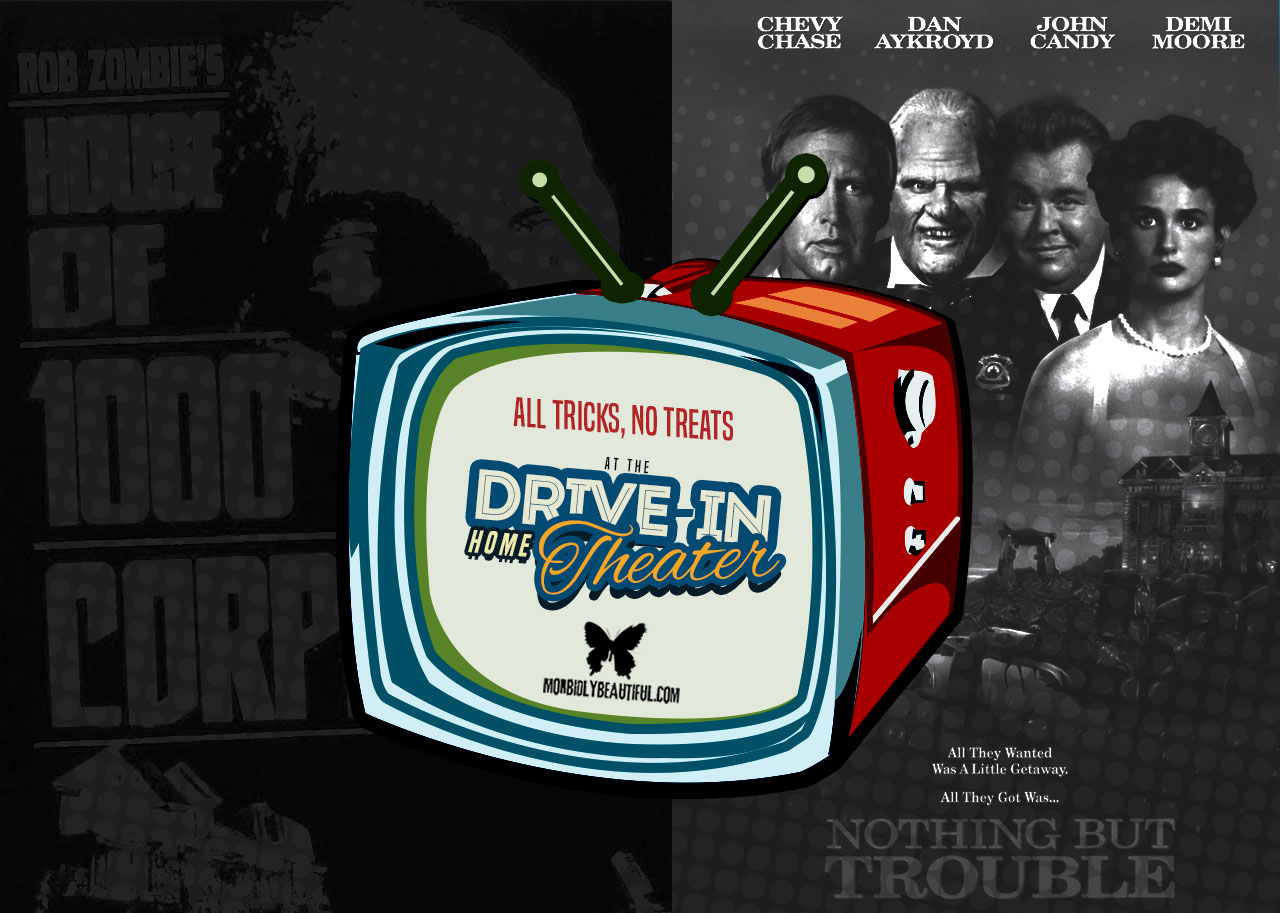
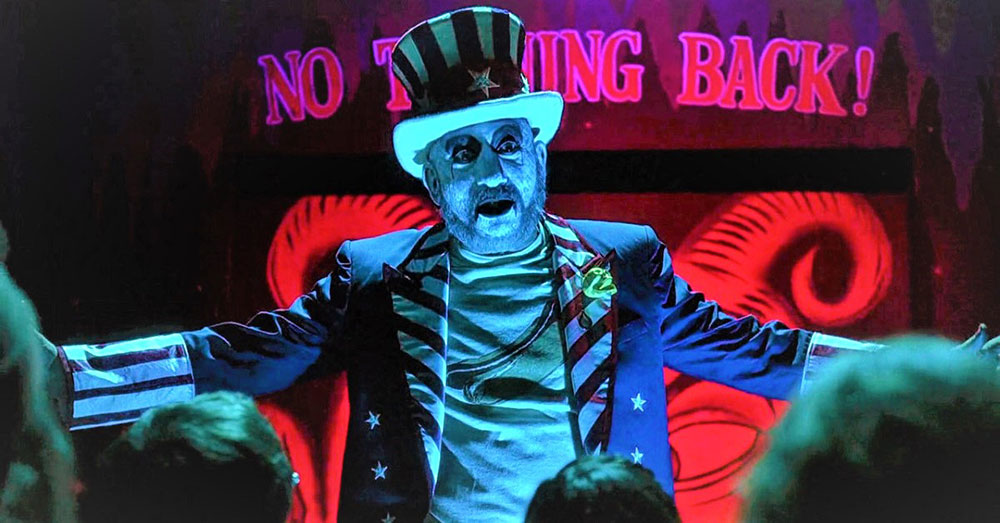



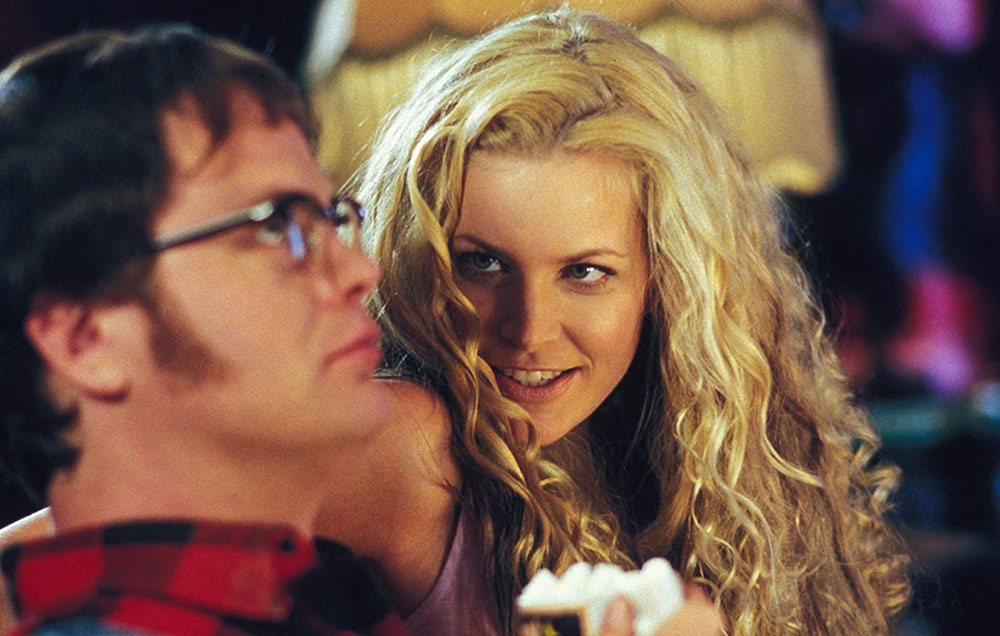
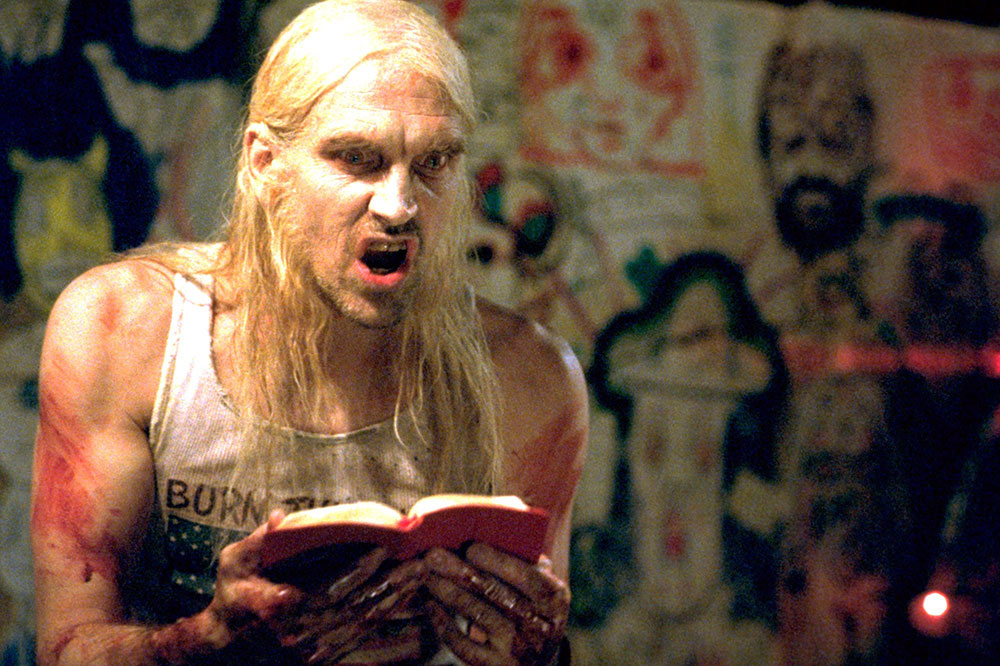

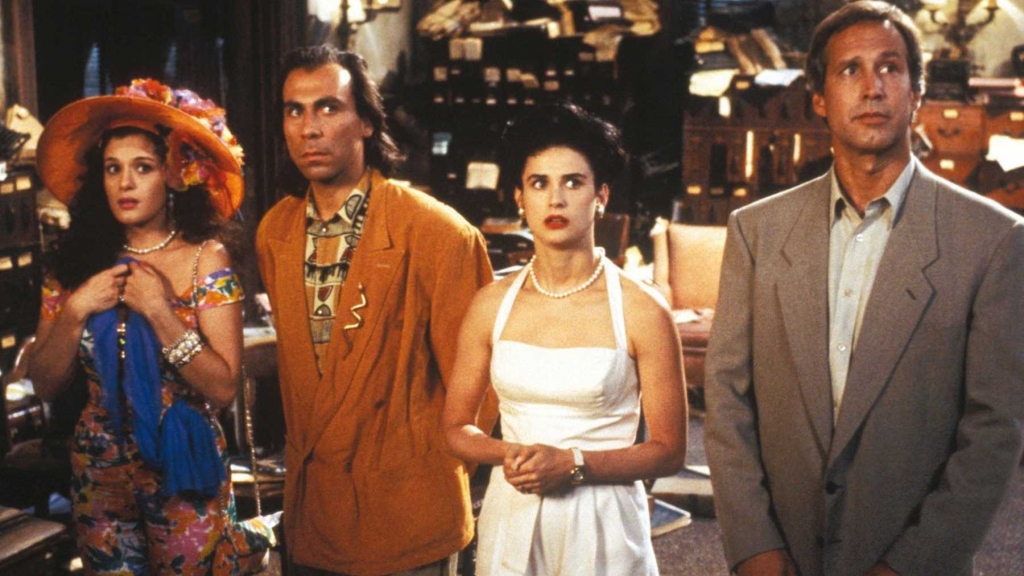
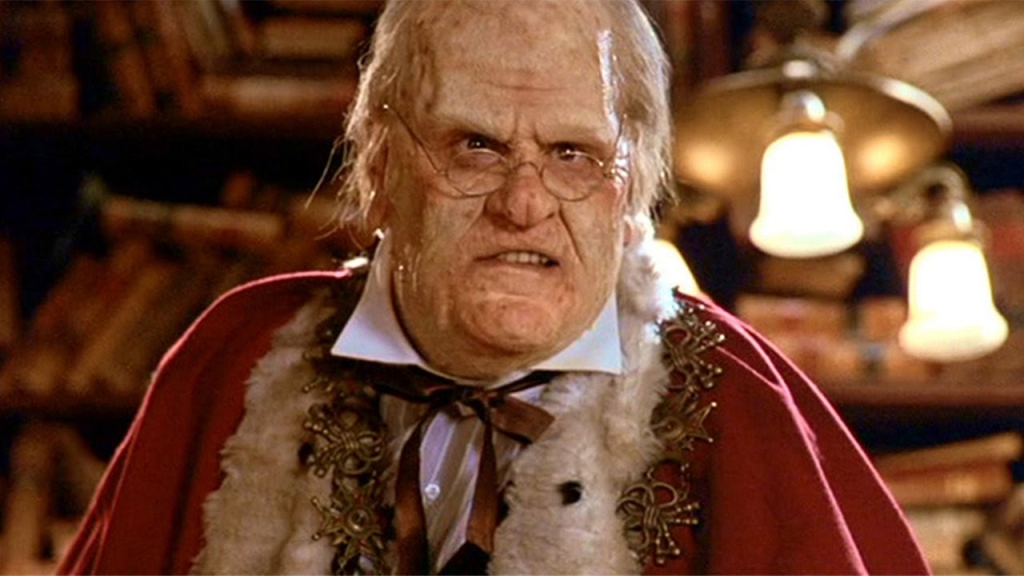

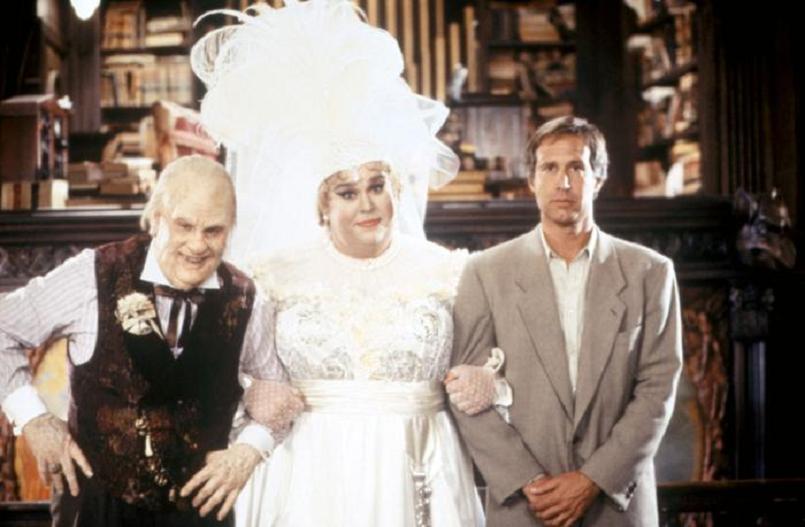
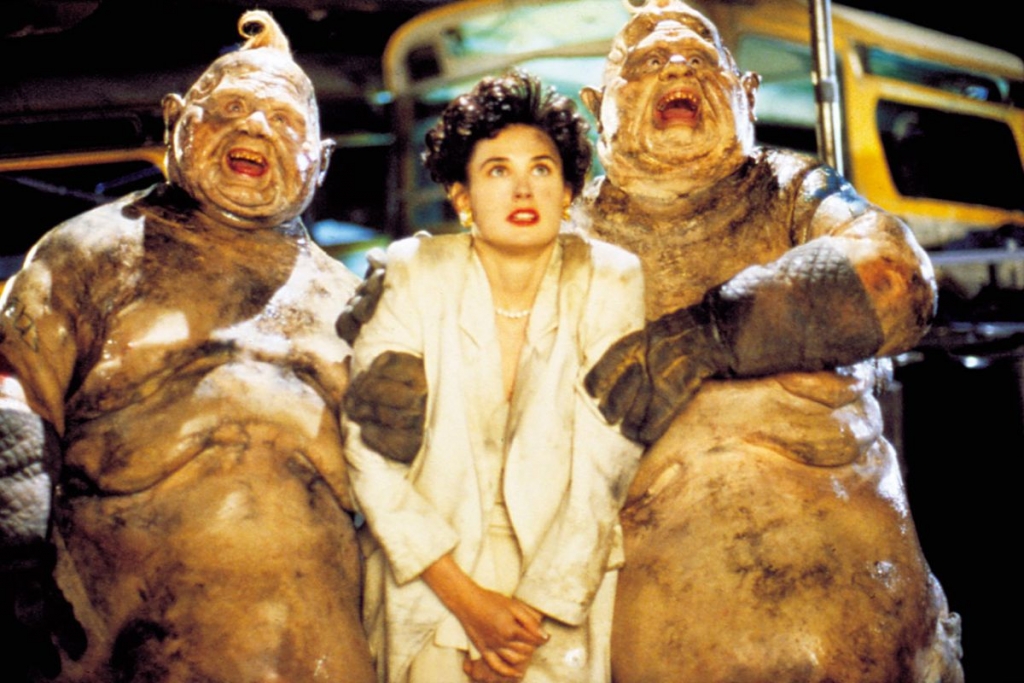
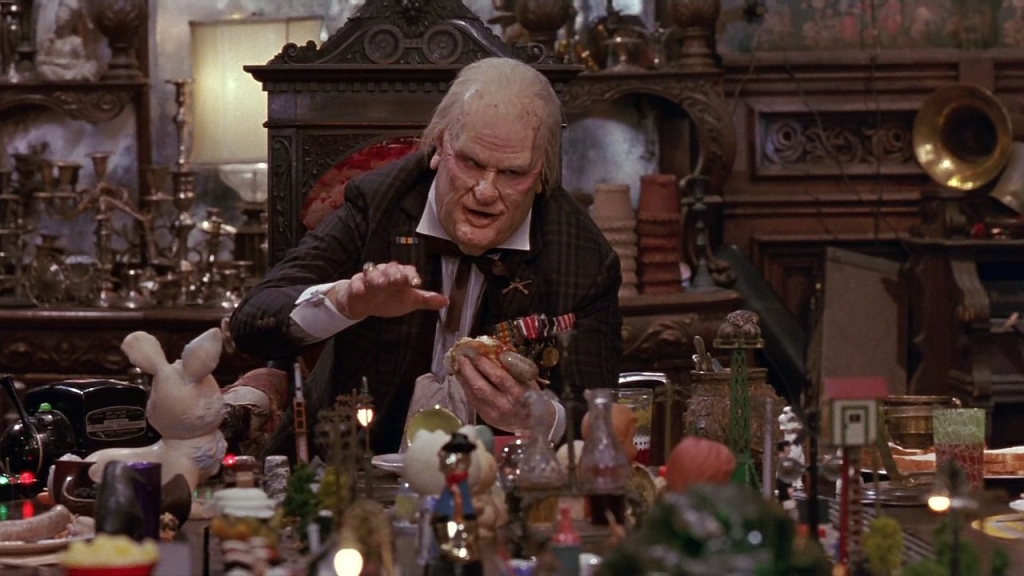
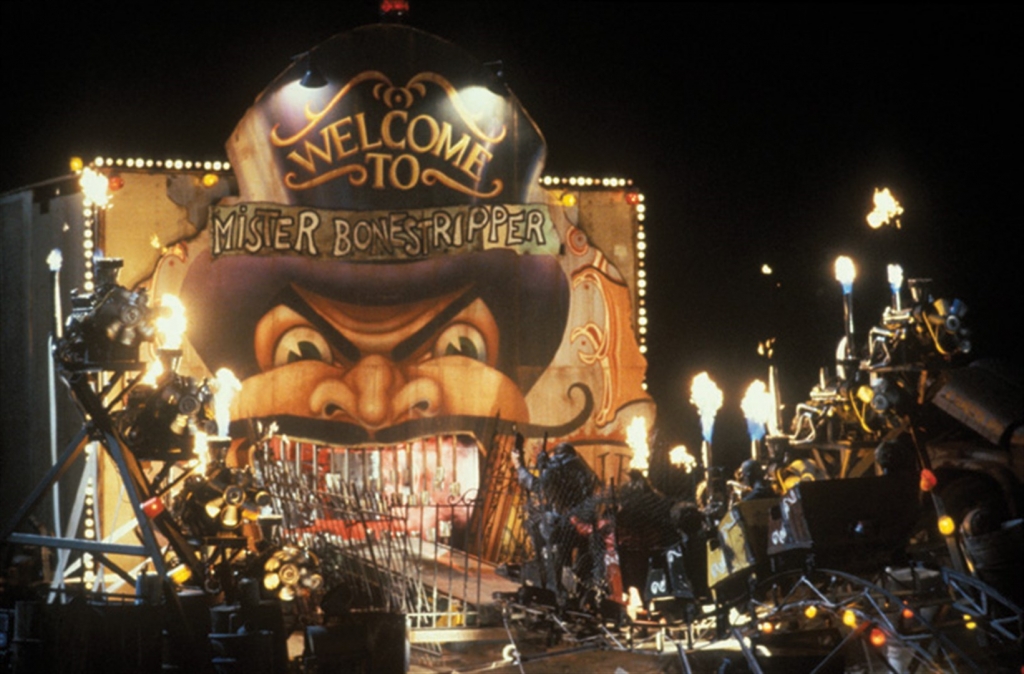

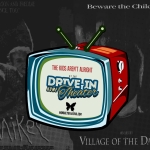
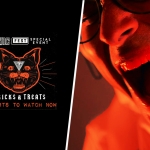







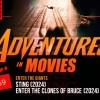

Follow Us!